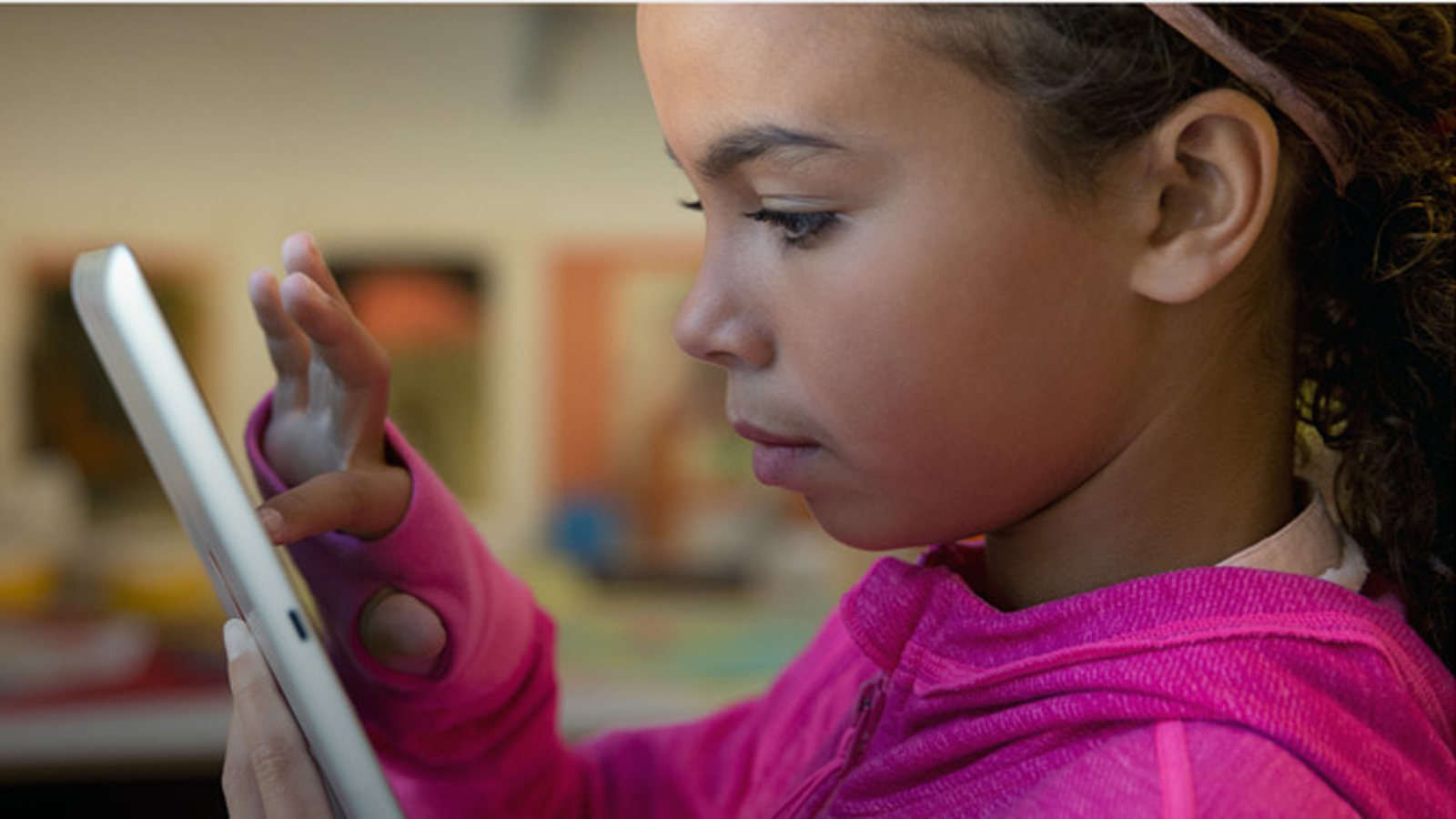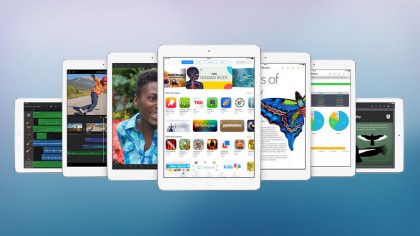
Technology has been making inroads into education for decades. But the mobile revolution is changing education in more fundamental ways than just providing a new gadget that delivers information. Mobile devices, particularly tablets, are changing the way we learn and think about learning.
Last year, a Pew Research Center-Harvard University study found that one in four teenagers in the US owns a tablet computer. According to the US Department of Education, almost every classroom has at least one computer, and Internet connectivity is also available in more than 90% of classrooms.
Here are five ways mobile technology is transforming education:
1. Tablets change how we perceive computing
Students of all ages generally find learning on a tablet more personal and accessible than being chained to a desktop. They also respond well to animation-driven apps, which make lessons more interactive and entertaining than linear modules delivered on a desktop.

As computers have become more portable, so has education.
2. Education is gamified
Many people who grew up in the digital age were first introduced to computing via video games. In an effort to make learning more fun and engaging, educators have introduced elements of games into their curriculum.

This caused a shift in the way people learn, with active emotional engagement replacing dry periods of concentration. Learning becomes less an abstract, theoretical exercise and more of an emotional and highly engaging activity. The result is higher motivation levels.
Sign up to the TechRadar Pro newsletter to get all the top news, opinion, features and guidance your business needs to succeed!
3. Real-time feedback
In the pre-digital age, students turned in their work and took tests and waited for teachers to grade their assignments and exams. Today, students expect feedback in real time. Research shows student performance significantly improves when feedback is given immediately.
Real-time feedback in the learning process is a clear benefit to students as they can immediately apply the lessons learned.
4. Communication becomes truncated
One danger posed by the rise of digital communication platforms like Twitter (with its 140-character limit) and other social media hubs is that some students are losing the ability to articulate ideas in longer form. Additionally, they have fewer opportunities to engage in face-to-face communication.

For that reason, it's important for educators to make sure students have the opportunity to participate in collaborative activities and face-to-face meetings.
5. Hands-on learning
Learning used to be more about concepts being conveyed in an abstract manner using textbooks. Mobile technology makes the learning process more interactive and engaging.
Technologies such as the augmented reality Google Glass, digital and interactive paper, and animated learning through apps are changing the way education is becoming personalized. Today, forward-thinking learning centers avoid video lectures in favor of two-way interactions in which tutors walk students through problem solving and demonstrate new concept using tablets.
These technology-driven trends are fundamentally transforming the way students learn. Instead of requiring students to read a lesson in a book or complete a linear module via desktop, tablets are enabling them access to engaging, interactive lessons.
As technology continues to disrupt learning, it's important for educators to make sure students don't become too isolated and that they have opportunities to converse and collaborate. Innovations like tablet-based tutoring can enable two-way conversations and increase collaboration, giving students the best of both worlds in a changing education environment.
- Raj Vali is the CEO of Tabtor